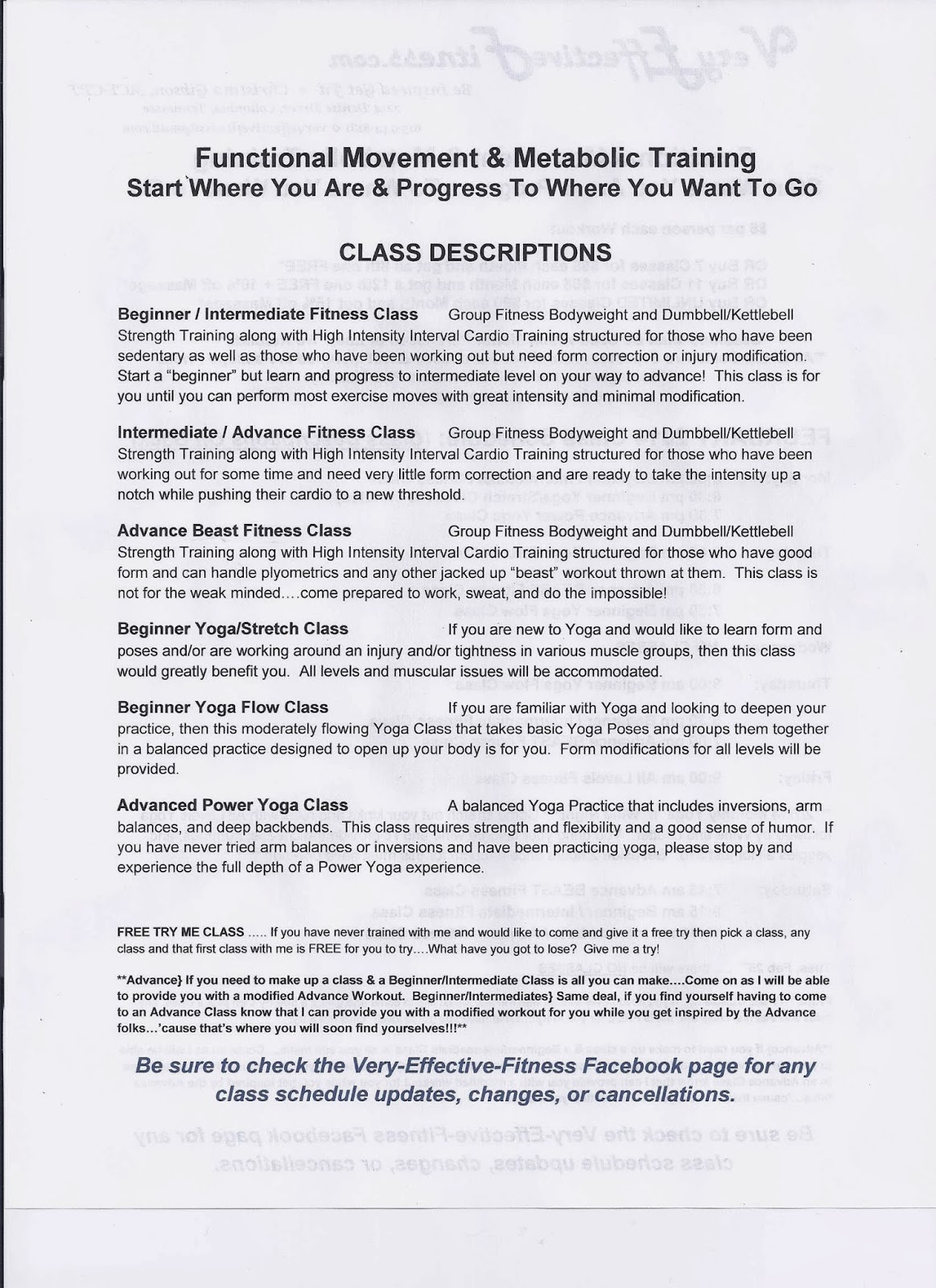For those of you who are getting fit in part for weight loss know that
the scale is not the best way to ascertain your results. You can lose a lot of weight on calorie restriction focused diets, but what you are most likely losing is muscle mass. To lose fat and maintain muscle, the scale might take longer to move. It's not that fat weighs less/more than muscle (a pound is a pound), but fat takes up a lot more space than lean muscle mass....so, when you lose fat and increase lean muscle mass, the scale doesn't move a lot but the reduction in inches lost is quite substantial and easily measured. To be consistent and get the most out of your progress assessment, you want to try and use standard sites and procedures. All
measurements and weight assessments should be done first thing in the morning after you go to the bathroom, before you eat/drink anything, and with as little to no clothing. If you are doing your weight assessments at a facility other than your home and/or at a different time of day, then it's best to do your assessments at the same time of day and under the same (similar) circumstances (e.g., before lunch every time as opposed to sometimes before, sometimes after). All measurements should be taken while standing upright and relaxed with feet together. All measurements should be made with a flexible yet inelastic tape measure. The tape measure should be placed on the skin surface without compressing the subcutaneous adipose (fat) tissue. Take duplicate measures at each site, and retest if duplicate measurements are not within .25 of an inch. Rotate through measurement sites before retaking measurements at any one site so as to allow time for skin to regain normal texture. When taking your measurements, look in a mirror if necessary, verify that the tape measure is horizontal and even along the measurement site (in other words, if taking the measurement of your hips, the tape measure should come straight around your buttocks and not droop anywhere making an uneven line). You only need to take the measurements of one side of your body (e.g., one bicep, one calf, etc.), but in doing so be sure to take the measurement of your dominant side (e.g., if right handed then of your right bicep, right calf, etc.). You may take measurements at other sites than what is listed below which is more than okay, just try and apply the logic that is presented in the sites listed below to apply to additional measurement sites.
Arm Midway between the shoulder joint and the elbow joint (mid-bicep)
Abdomen At the level of the umbilicus (belly button)
Waist If you desire a separate measurement for your waist other than that of your belly button then: At the narrowest part of the torso above the belly button and below the base of sternum
Buttocks/Hips At the maximal circumference of the buttocks
Upper Thigh At the maximal circumference of the hip/upper thigh, just below the gluteal fold (thickest part of your upper thigh)
Calf At the maximum circumference between the knee and the ankle (thickest part of your calf)
Other forms of measuring your results....How your clothes fit. There will be no mistaking the effectiveness of your fat loss plan if you are losing inches and going down in pant sizes! Don't let a slow moving scale give you a head trip if you are losing pant sizes. Seriously, would you rather weigh less and be in the same pant size or weigh the same and be two sizes smaller?
Another way to see your results is by taking
before and after pictures throughout your fat loss journey. A picture can show you places you have trimmed down that you might miss when measuring yourself. The best way to go about this is to wear a swimsuit or shorts and sports bra (for women...no shirt for men) and take a front pic, back pic, and side pic. Take a before picture and then follow up with pics every 6 to 12 weeks until you reach your fat loss goals.
Post Links of Other Helpful Tidbits to Know:
Body Comp v Scale
Greater Muscle Mass = Higher Metabolism
Not Getting Results???
Body Composition
How Much Should You Weigh?
Skinny Or Fit??? You Decide...
Afternoon Bloat?
5 Pounds Of Fat
Scoop On Fat Cells
GOALS
Discerning Good From Bad Fad
From Aug 2013 Post on PERSPECTIVE:
So can you tell the size of the people belonging to these legs?
What about the next pic, can you see the rainbow?
That's the thing about perspective, it's unique to you and it's unique depending upon your vantage point.
The top pic was taken May 2013 and is a picture of my just turned 5 year old (string bean) daughter (sitting on top) of my legs. Women especially obsess about their thighs and the size, but the perspective of the look and size is unique and might not be real. Most cannot tell just how tiny my daughter's thighs are in reality from this picture. Just like us looking in the mirror each day does not realistically tell us our progress or how we look to others (check out the
Measuring Results Page for a better way to track results).
The bottom pic was taken just a couple of weeks ago in Florida and contained a beautiful and profound rainbow to the right of the sun, but it could not be captured on film. Just because we don't see with our eyes something that is there doesn't mean it doesn't exist. Inside of us is strength we most likely have not yet tapped into and abilities not yet tested. Trust you are amazing and so much better than your excuses to not succeed!







